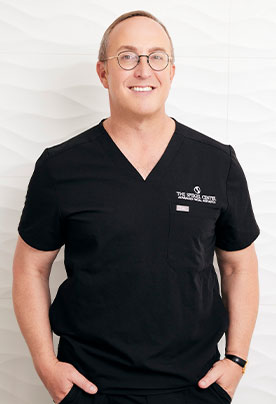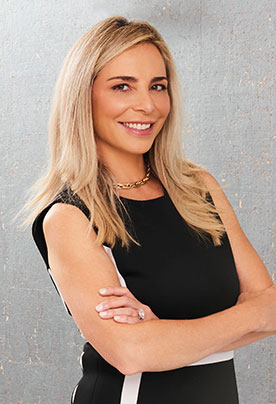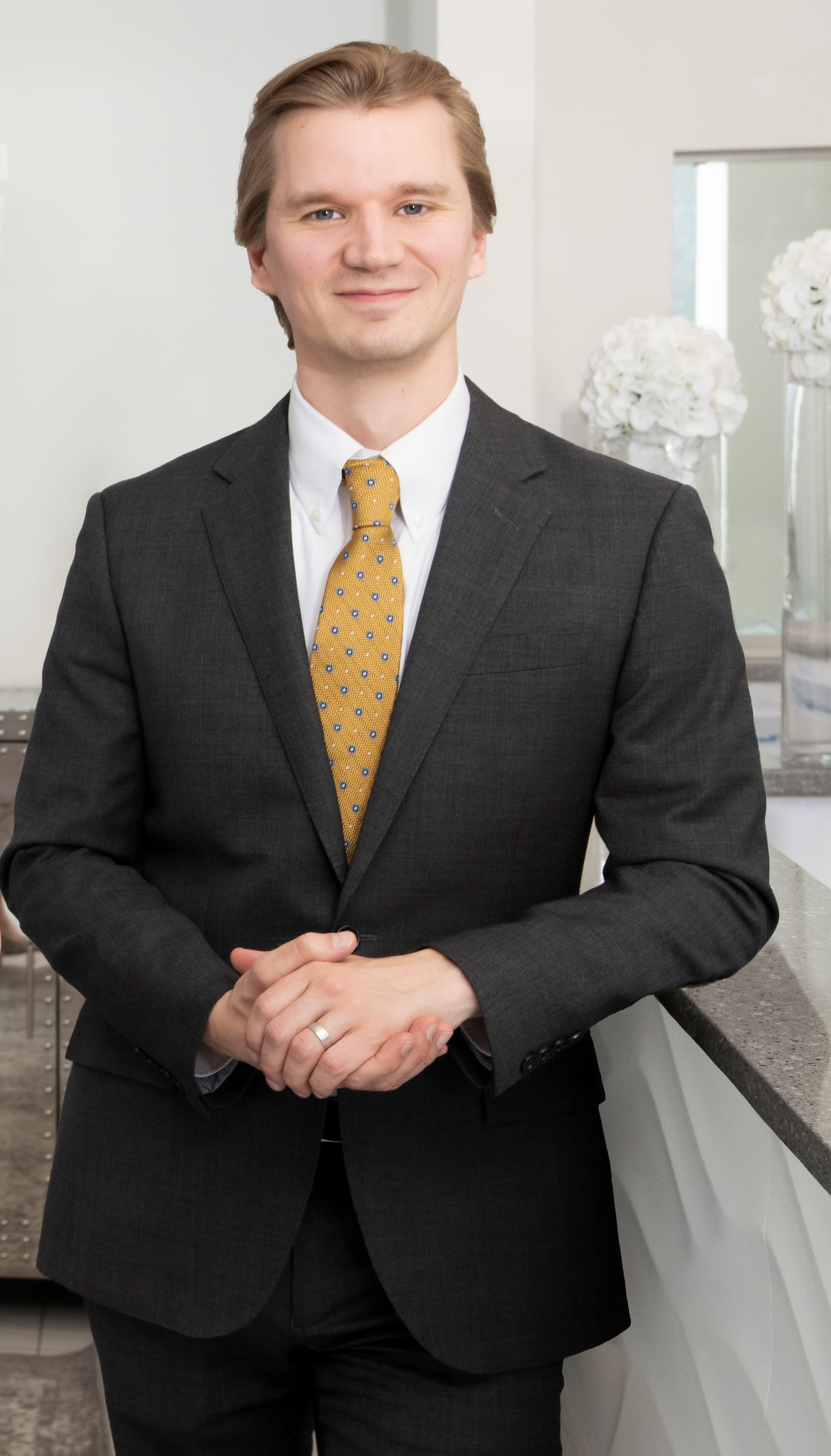
One of the most common questions that I am asked as a rhinoplasty surgeon is, “What is the downtime for the procedure?” The word ‘downtime’ can mean different things to different people, and it may also depend somewhat on the type of rhinoplasty that is being performed (whether it’s open, closed, revision surgery, rib cartilage graft, etc). Recovery also varies from person to person, but there are some general expectations that apply to most patients when they undergo rhinoplasty. The key things are how you will look, how you will feel, when you can get back to work and exercise, and when healing is ‘done.’ Let’s break it down into some postoperative landmarks:
1. The day of surgery
Immediately after surgery, you will feel foggy, less energetic, and less coordinated than usual. These are generally the ‘hangover’ effects of general anesthesia. There is no packing, but most patients will notice nasal congestion and some vague discomfort centered around their nose. It is important to eat and drink after rhinoplasty because your stomach will be empty from fasting prior to surgery. Taking pain medication on an empty stomach can make you feel nauseated. Bland, cool foods that are easy to digest are usually a safe place to start.
2. The Next Few Days
Discomfort usually peaks within the first 24 hours after surgery as residual anesthetic wears off, and then gradually subsides over the next few days. It is normal to require narcotic pain medication like oxycodone or hydrocodone (e.g. Percocet, Vicodin) during this time. As long as you are taking these pain medications, you will not be able to drive or make important decisions. For most, this makes returning to work (even from home) impossible for the first few days. Swelling generally peaks within the first 3 days, and bruising may appear under the eyes and around the nose during this time. Some drainage from the nose is common over the first 24-48 hours. Believe it or not, the most difficult thing for many patients during this time is sleeping comfortably after surgery (either from congestion or sleeping in a new position). It is best to sleep in a recliner or “beach chair position” with your head elevated to reduce swelling and congestion in the nose.
3. 1 Week After Surgery
It is time for your first post-op check! By now, most patients are no longer taking any prescription medications. They are finishing any prophylactic antibiotics or steroids that were given, but some may still be taking Tylenol if needed. The nasal splint or ‘cast’ that was applied to the bridge of the nose at the end of surgery is removed one week after surgery, as well as any sutures that need to be removed (sutures on the inside of the nose are dissolvable). After this appointment, most patients are feeling much more “presentable” because the cast and sutures are gone. If bruising occurs, it may take another week or so to fade away. Most patients are comfortable returning to work around this time, but everyone is different. Although you will likely feel like your normal self and be eager to get back into the gym, or on your favorite running trail or hiking path, I still advise my patients to avoid strenuous activities for an additional week. Your nose is still vulnerable to epistaxis (bleeding), and is prone to swelling and prolonged recovery if you do too much too soon.
4. 2 Weeks After Surgery
By now usually all or most traces of bruising are gone, and the overt signs of recent surgery are absent or no longer obvious. Most patients are returning to all of their normal activities, including things that involve heavy exertion (e.g. weightlifting). Swelling continues to recede, and the shape of the nose may continue to change as more definition and delicate features are revealed. If it was a functional rhinoplasty, you are probably breathing better than where you started off at this point as congestion has cleared up (sometimes this takes up to a month).
5. 1 month after surgery
By now, your surgery may be starting to feel like a distant event. The awareness caused by any discomfort or soreness has dissipated. You are back to all of your normal activities. Any traces of bruising are generally gone by now. The shape of your new nose is clearly evident, but there is still going to be some residual swelling, especially around the tip and lower third. You are sleeping comfortably in your normal position, and ready to face the world head-on!
6. The coming months up to 1 year
Like a pie that is settling after coming out of the oven, the nose slowly settles to its new shape and size as healing matures. Don’t expect drastic changes, but subtle changes may occur over a period of months as the skin conforms further to the new underlying structure. Those with thick nasal skin are likely to see more change during this time period. If there was any skin numbness or a sense of stiffness, these things are gradually going away. There may be subtle asymmetries that seem to come and go, and they are usually traces of transient swelling (caused by sleeping on a favorite side, for example). It is still important to follow up with your surgeon to address any questions or concerns that may arise and ensure that healing remains on track.





